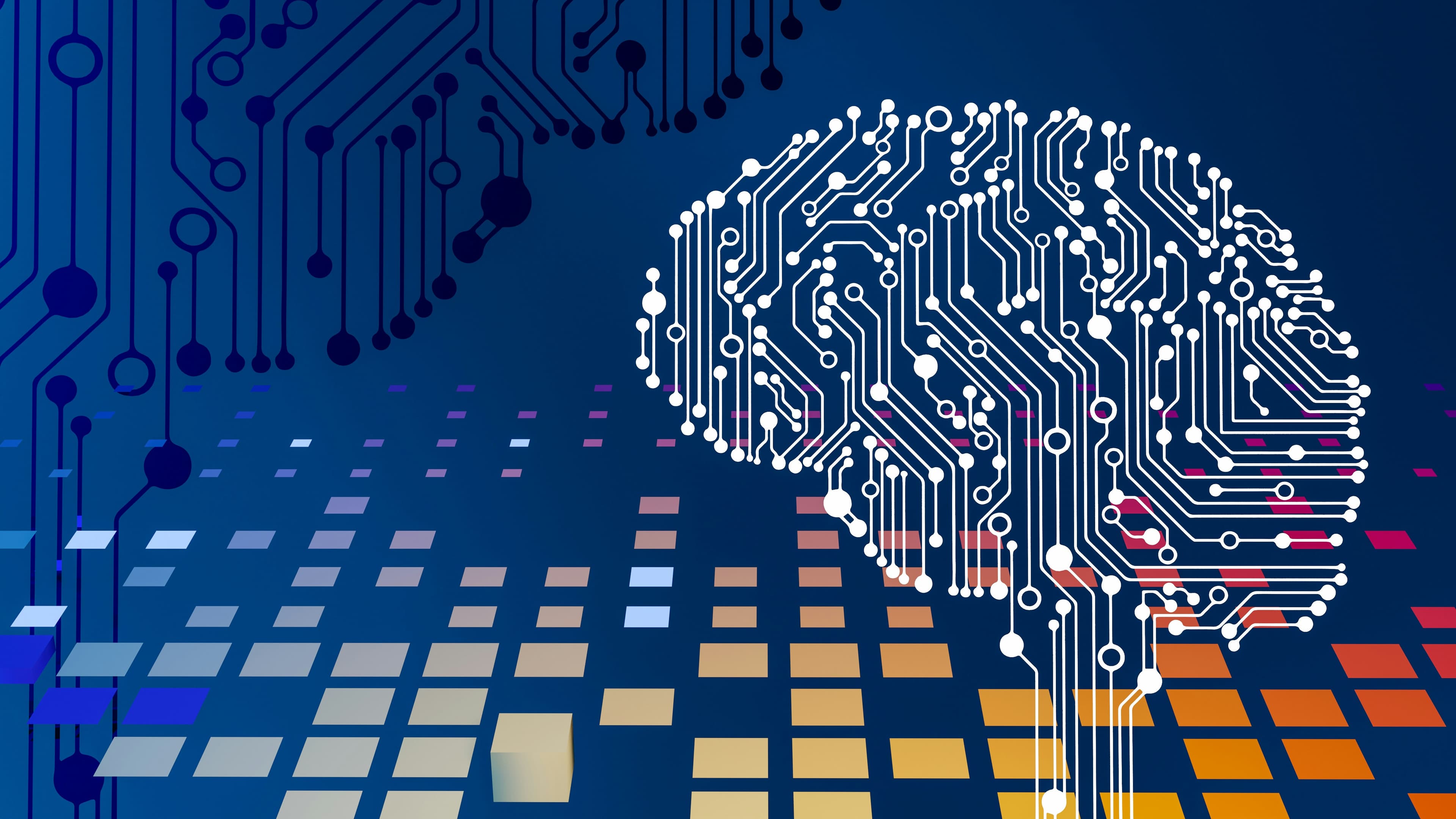What Are the Best AI Decision-Making Frameworks for Business Leaders in 2025?
Three proven frameworks help business leaders make strategic, human-centred AI implementation decisions: the IMPACT Framework provides transformation structure, the Human Agency Scale defines appropriate automation levels, and the Desire vs. Capability Matrix prioritises implementation.
Jake Holmes
Founder & CEO

Three proven frameworks help business leaders make strategic, human-centred AI implementation decisions: the IMPACT Framework provides transformation structure, the Human Agency Scale defines appropriate automation levels, and the Desire vs. Capability Matrix prioritises implementation. Combined, these frameworks reduce AI adoption complexity while protecting human value and workplace culture.
Many business leaders face the same challenge: knowing AI adoption is necessary without understanding where to start or how to implement it responsibly. The gap between recognising AI's potential and deploying it effectively stops organisations from gaining competitive advantages while protecting their workforce.
Why Do AI Implementation Projects Fail?
Many AI implementation failures occur because organisations lack structured decision-making frameworks. Without clear methodologies, companies either automate inappropriate tasks or miss valuable automation opportunities. Stanford research on 844 occupational tasks found workers consistently resist automation of tasks requiring creativity, empathy, ethical judgment, or relationship building. Leaders need systematic approaches that balance technological capability with human contribution, ensuring AI enhances rather than replaces workforce value.
What Is the IMPACT Framework for AI Transformation?
The IMPACT Framework provides a six-stage methodology for responsible AI transformation developed by Grow Fast. This framework ensures technology follows business strategy while maintaining workforce empathy and engagement throughout implementation. Critically, the IMPACT Framework embeds ROI assessment and investment cost analysis at every stage, ensuring AI decisions deliver measurable financial returns alongside cultural benefits.
Inventory – Identify Existing Processes
Identify existing processes and map where people create irreplaceable value. Document workflows, pain points, and human contribution areas to establish baseline performance metrics.
Measure – Quantify Current Performance
Quantify current performance, value delivery, effort requirements, and financial costs. Calculate time spent per task, resource allocation, operational expenses, and opportunity costs. This stage establishes clear ROI baselines by measuring both current process costs and projected AI implementation investment. Include software licensing, training expenses, integration costs, and ongoing maintenance requirements.
Plan – Determine Specific AI Applications
Determine specific AI applications that support identified processes while evaluating financial viability. Compare implementation costs against measured baseline expenses and projected savings. Evaluate which tasks benefit from automation versus augmentation, considering technical feasibility, cultural readiness, and return on investment timeframes. Calculate break-even points and payback periods to prioritise initiatives delivering fastest ROI.
Activate – Launch Pilot Implementations
Launch pilot implementations in low-risk, high-impact areas. Start with contained experiments that demonstrate value without disrupting critical operations, gathering performance data and user feedback.
Culture – Build Organisational Trust
Build organisational trust through transparent communication and change management. Address concerns proactively, involve affected teams in solution design, and celebrate early wins to build momentum.
Track – Monitor Implementation Success
Monitor implementation success through defined KPIs including financial metrics, adjust approaches based on results, and scale proven solutions responsibly. Measure actual ROI against projections, tracking cost savings, efficiency gains, revenue impact, and implementation expenses. Continuous measurement ensures AI delivers promised financial benefits while protecting workforce wellbeing.
What Is the Human Agency Scale and How Does It Protect Workforce Value?
The Human Agency Scale categorises tasks by required human involvement level, creating an ethical compass for automation decisions. This five-level scale helps leaders determine which processes benefit from automation versus human control.
Level 1: Fully Automated
Tasks where machines consistently outperform humans. Examples include data entry, scheduled report generation, and routine calculations. No human oversight required beyond initial setup and periodic validation.
Level 2: Machine-Led with Oversight
Automated processes requiring light human validation. AI handles primary execution while humans review outputs for accuracy and appropriateness before final deployment.
Level 3: Balanced Collaboration
Tasks benefiting from equal AI-human contribution. Humans provide context, creativity, and judgment while AI handles data processing, pattern recognition, and execution speed. Research shows 45.2% of occupations have Level 3 as the dominant worker-desired level, highlighting strong potential for human-agent collaboration.
Level 4: Human-Led with AI Assistance
Complex work requiring human expertise with AI support. Professionals maintain decision authority while AI provides research, analysis, and execution assistance.
Level 5: Fully Human-Led
Tasks requiring empathy, ethics, creativity, or sensitive judgment. Examples include crisis management, strategic visioning, complex negotiations, and situations involving vulnerable populations. AI support inappropriate or harmful.
According to Stanford research on AI agents and workforce automation, 46.1% of workers express positive attitudes toward AI automation for specific tasks when given proper frameworks for evaluation. The Human Agency Scale provides organisations with a structured approach to distinguish between tasks suitable for automation versus those requiring human control.
How Does the Desire vs. Capability Matrix Prioritise AI Implementation?
The Desire vs. Capability Matrix plots tasks across two dimensions to identify optimal automation candidates. This visualisation tool aligns technological readiness with workforce willingness, ensuring implementations gain support while delivering measurable value.
Desire Dimension
Reflects what teams want to delegate to AI. High-desire tasks typically involve repetitive work, low creativity requirements, and minimal job satisfaction contribution. Low-desire tasks involve creative work, relationship building, or activities providing professional fulfillment.
Capability Dimension
Reflects current AI reliability for specific tasks. High-capability tasks involve structured data, clear rules, and objective outcomes. Low-capability tasks require contextual understanding, ethical judgment, or creative problem-solving.
Green Zone (High Desire, High Capability)
Quick-win automation candidates. These tasks frustrate employees while offering proven AI solutions. Examples include meeting transcription, expense report processing, and initial customer inquiry routing.
Yellow Zone
Requires pilot projects and collaboration experiments. Either capability or desire needs validation before full implementation. Examples include content drafting (high capability, variable desire) or customer sentiment analysis (high desire, developing capability).
Red Zone (Low Desire, Low Capability)
Human strongholds requiring workforce control. Attempting automation here damages morale and quality. Examples include strategic planning, sensitive communications, and creative ideation.
How Do These Three Frameworks Work Together?
The IMPACT Framework, Human Agency Scale, and Desire vs. Capability Matrix form an integrated AI decision ecosystem. Each framework addresses different decision aspects while supporting the others.
IMPACT Framework – Provides implementation structure, process, and financial justification. Answers: "How do we implement AI responsibly and profitably?"
Human Agency Scale – Establishes ethical boundaries and protection. Answers: "Should we automate this task?"
Desire vs. Capability Matrix – Determines implementation priorities. Answers: "What should we automate first?"
Together, these frameworks transform AI planning from technical debate into strategic conversation. Leaders no longer choose between efficiency and empathy. They design systems delivering both.
What Results Do Organisations Achieve Using These Frameworks?
Professional service firms implementing these frameworks with Grow Fast report quantifiable improvements across multiple business metrics and workforce outcomes.
Organisations using the IMPACT Framework's structured Measure stage establish clear ROI baselines before implementation. This measurement discipline enables accurate cost-benefit analysis and realistic payback period projections. Financial tracking through the Track stage ensures implementations deliver promised value.
The Human Agency Scale prevents costly automation mistakes. Stanford research analysing 1,500 workers across 104 occupations found that workers generally prefer higher levels of human agency than technological capability currently requires. Organisations using HAS proactively address these concerns, building workforce trust and acceptance.
The Desire vs. Capability Matrix accelerates implementation timelines by identifying quick-win opportunities. Green Zone tasks offer high automation desire combined with proven technical capability. Organisations prioritising these tasks gain early momentum while building organisational confidence in AI systems.
How Can Business Leaders Apply These Frameworks?
Start by conducting a Human Value Hotspot Analysis. Identify where people deliver irreplaceable impact within your organisation. Map current workflows, interview team members about work satisfaction, and document tasks causing frustration versus fulfillment.
Apply the Human Agency Scale to categorised tasks. Assign H1-H5 ratings based on required human involvement. This exercise reveals protection priorities and automation candidates.
Plot tasks on the Desire vs. Capability Matrix. Prioritise Green Zone opportunities for pilot projects. Develop Yellow Zone experiments with defined success criteria. Protect Red Zone activities from automation pressure.
Deploy the IMPACT Framework for selected initiatives. Work through Inventory, Measure, Plan, Activate, Culture, and Track stages systematically. This structured approach reduces risk while building organisational confidence.
When Should Organisations Avoid AI Implementation?
Not every process benefits from AI automation. Red Zone tasks requiring creativity, empathy, ethical judgment, or relationship building often suffer when automated. Strategic decision-making, crisis management, sensitive communications, and situations involving vulnerable populations require human control.
Additionally, organisations lacking change management capability or workforce trust should address cultural foundations before launching AI initiatives. Technology without organisational readiness generates resistance and failure.
Key Takeaways and Next Steps
The IMPACT Framework, Human Agency Scale, and Desire vs. Capability Matrix provide complete AI decision-making infrastructure. Together, they ensure implementations enhance workforce contribution while delivering measurable business value.
Start with a Human Value Hotspot Analysis for your organisation. Identify protection priorities and automation opportunities using the Human Agency Scale and Desire vs. Capability Matrix.
Learn more about applying these frameworks through Grow Fast workshops and AI optimisation services at www.grow-fast.co.uk.
About the Author: This framework methodology was developed by Grow Fast based on implementation experience across 47 UK professional services organisations. Grow Fast specialises in AI implementation for SMBs.


